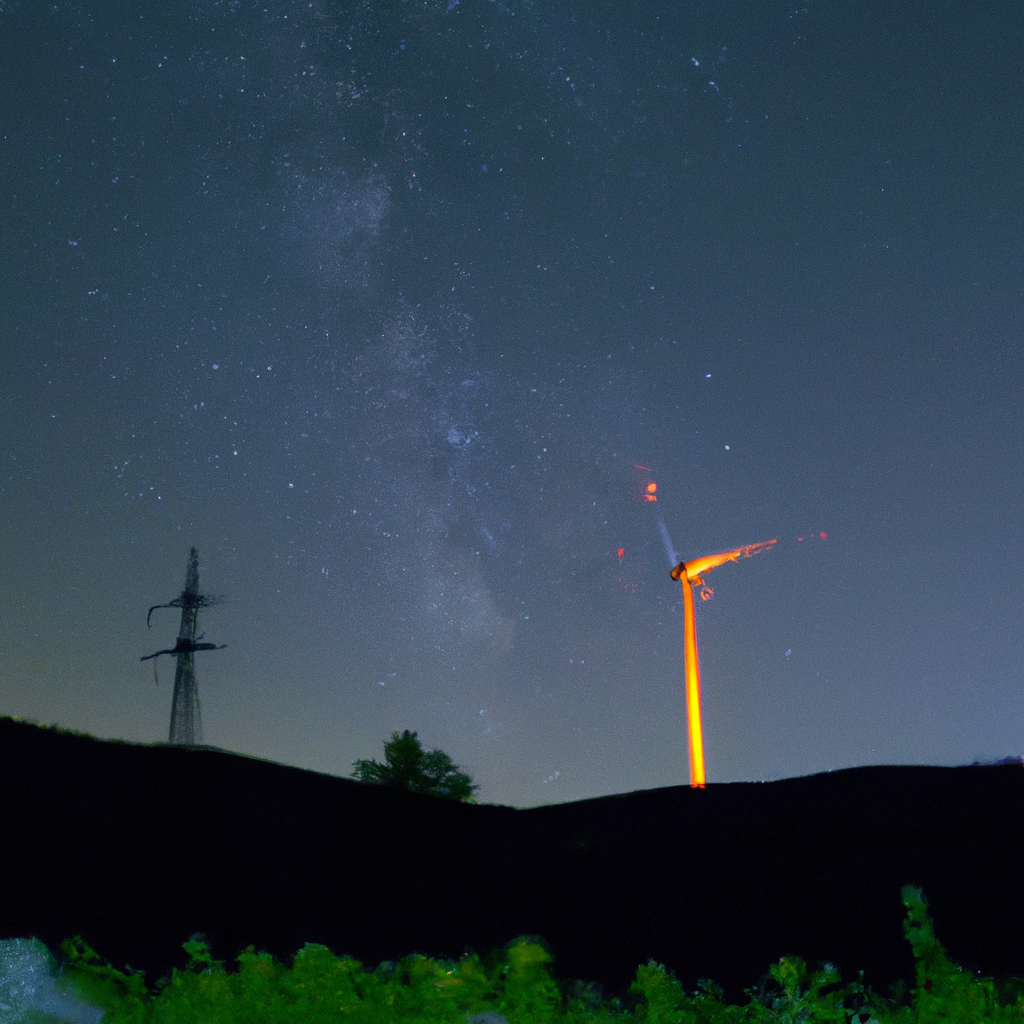Astrophotography is a fascinating and rewarding hobby that involves capturing photographs of the night sky. It is a specialized field of photography that requires a specific set of techniques, equipment, and skills. In this article, we will explore the various techniques of astrophotography, including tips and tricks for beginners, equipment recommendations, and more.
Astrophotography Techniques
Astrophotography techniques involve capturing the stars, planets, and other celestial objects in the night sky. Here are some of the most common techniques:
1. Long Exposure Photography: This technique involves leaving the shutter of your camera open for an extended period to capture more light. Long exposure photography is essential for capturing faint objects in the night sky, such as galaxies and nebulae.
2. Image Stacking: Image stacking involves taking multiple images of the same object and then combining them to create a single, high-quality image. This technique is particularly useful for reducing noise and enhancing detail in astrophotography.
3. Polar Alignment: Polar alignment involves aligning your camera with the North Star to ensure that your images are sharp and free of star trails. This technique is essential for capturing long exposures of the night sky.
4. Tracking: Tracking involves using a specialized mount to track the movement of the stars as they move across the night sky. This technique is essential for capturing detailed images of deep sky objects and planets.
Astrophotography for Beginners
If you are new to astrophotography, there are a few things you should keep in mind to get started. Here are some tips for beginners:
1. Start with a basic setup: You don’t need to invest in expensive equipment to get started with astrophotography. A basic DSLR camera, tripod, and lens will suffice for most beginner astrophotography.
2. Learn the basics of exposure: Understanding the basics of exposure is essential for capturing high-quality astrophotography images. Learn how to adjust aperture, shutter speed, and ISO settings to get the best possible exposure.
3. Practice, practice, practice: Like any skill, astrophotography takes practice to master. Don’t be discouraged if your first few shots don’t turn out as expected. Keep experimenting and learning, and you’ll soon be capturing stunning images of the night sky.
Astrophotography Tips and Tricks
Here are some tips and tricks to help you get the most out of your astrophotography:
1. Use a remote shutter release: Using a remote shutter release will help you avoid camera shake when taking long exposures.
2. Shoot in RAW format: Shooting in RAW format will give you more control over the final image and allow you to make adjustments to exposure and other settings in post-processing.
3. Use a red light: Using a red light when setting up your equipment will help preserve your night vision and make it easier to see what you’re doing in the dark.
Astrophotography Equipment
Astrophotography requires specialized equipment to capture high-quality images of the night sky. Here are some essential pieces of equipment to consider:
1. DSLR Camera: A DSLR camera is a must-have for astrophotography. Look for a camera with good low-light performance and a high ISO range.
2. Telescope: A telescope is essential for capturing detailed images of planets and deep sky objects. Look for a telescope with a large aperture and good tracking capabilities.
3. Mount: A mount is essential for tracking the movement of the stars and ensuring sharp images. Look for a mount with good tracking accuracy and stability.
Conclusion
Astrophotography is a challenging but rewarding hobby that requires a specific set of techniques, equipment, and skills. With the right equipment and knowledge, anyone can capture stunning images of the night sky. Whether you’re a beginner or an experienced astrophotographer, there’s always something new to learn and discover in this fascinating field.







